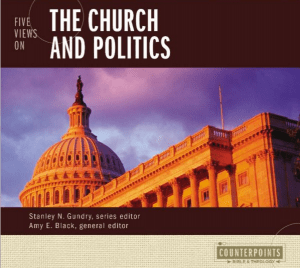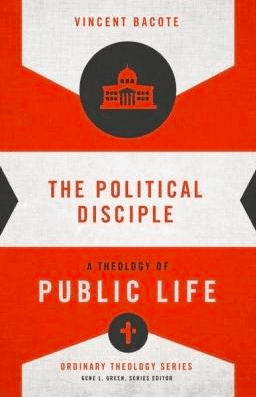Good news is bad news because good news doesn’t sell the news. Bad news sells and works. Why? This is the subject of chp one in Brad Wright’s new, important book (Upside: Surprising Good News About the State of Our World), and every pastor and professor needs this book.
 Before you read another word, I’d like to ask you a question and it might take a few seconds on pause for you to come up with your best answer:
Before you read another word, I’d like to ask you a question and it might take a few seconds on pause for you to come up with your best answer:
Why do you think bad news is more interesting than good news? Or, why is bad news what we’d rather hear? From what I can tell, this is the way the news works in Europe as in the USA: but, do tell, do European news stations grab our attention with the negative?
Just in case you don’t completely agree that bad news works better than good news, consider this:
Sensationalism and fear sell — Brad this is one of the facts of life. We’d rather watch the Titanic sink than a family bob around on a boat on a country lake, the former leading to death and the latter to a good afternoon. So Brad Wright proposes the following reasons for this:
1. Media, and he’s not harping on the media, but saying it clearly: media is business, business needs an audience, fear and sensationalism — not just the facts — create more attention, ads and money. Good illustration: in the 1980s economic measures were on the uptick (and he says 95% of the measures were positive), but the news of those days reveals 85% reports were on the negative side. So the negative side is pushed: if life expectancy decreases, people are dying younger; if life expectancy increases, the social security system is threatened. Either way, you’ve got the negative.
2. Advocates are forced to sell their ideas and to minimize contrary evidence, so they push the need and the negative. Here’s a good example: homeless advocates were irritated when a distinguished researcher, Peter Rossi, discovered that homeless was not in fact .5 to 1million, but instead 150,000-200,000. This is good news, but homelessness advocates thought his study undercut their ability to raise funds. There is some belief that duping people is more effective than the truth.
3. Anecdotes and bad stats: some stories are really good but don’t tell the truth about the country, and some want to read the whole in light of the anecdote. Bad stats also work. Public schools are incredibly safe places, but Columbine led many parents to pull their kids from schools — but more kids die in homes and on streets than at schools. Anorexia stats got confused — 150,000 is the number who have anorexia, not the number who die (the number who die is closer to 100), but somehow the 150,000 got attached to the number who die each year of anorexia. A horrible, horrible illness, the numbers for which ought to be accurate.
This blog has used numbers that have been called out by some good researchers who know better, and it’s not easy for the untrained to know how to use numbers … so we need to listen to those who do know the numbers. Example: for a few years it was common to say young people are abandoning the church at record numbers; the numbers, though, are that they are not abandoning the church at record numbers but at a reasonably consistent rate over the last four or five decades. This does not mean our “retention numbers” are good but it does mean that we ought not to look at this generation as the one that alone is abandoning the church.
4. Short term fluctuations: sometimes a blip in numbers is cause for alarm, as if that blip is the real trend, and then numbers get wildly distorted.
5. Nostalgia: we romanticize the past because in part, when we kids, life was simpler (because our parents made life easier for us). Nostalgia glosses over problems and remembers the good. By the way, the 60s were far more mundane than most think. In fact, most of the 60s were in the 70s.
6. Unrealistic expectations deflate the realities of the present. Think about what we — or you — “expect” from yourself, your family, your neighbors, your employer or fellow employees, or your church and your pastor — and this blog or that blog. If the realities don’t meet your expectations you can get frustrated, and it leads to say “life isn’t what it used to be or what it should be.”
7. Eschatology: some Christians seemingly want bad news because they think really bad, and I mean really bad, news suggests the Second Coming. Or bad news can precipitate reasons to believe in Jesus. A few Christian leaders have drawn conclusions of late — from bad news in the world — that these are indications of the soon coming of Christ.
In my estimation, we need more people reading these three Christian sociologists because they have a nose for the sorts of things Christians care about, and this is not to say there aren’t many, many other responsible sociologists who have plenty to tell us.
Brad Wright (link above).
Christian Smith,Soul Searching: The Religious and Spiritual Lives of American Teenagers and Souls in Transition: The Religious and Spiritual Lives of Emerging Adults.
Rodney Stark, What Americans Really Believe.











